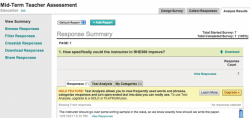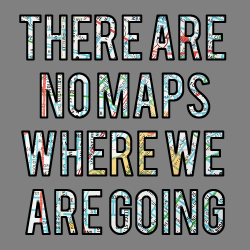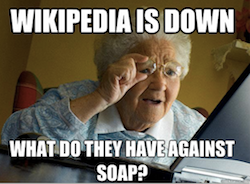
At this point in the semester we’re all sizing up our latest batch of students. Not every student is the student who quietly does all her reading and eagerly contributes to class discussion. In fact, I’ve found that students like the one I just described can sometimes be the least stimulating. What’s fun or interesting about a student who hangs on our every word, and who repeats for us exactly what we want them to say? For those of us who teach reading and writing courses, one goal of our pedagogy will inevitably be imploring our students to think critically about their place in the world.










